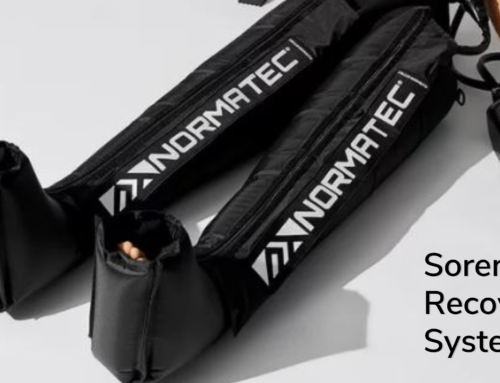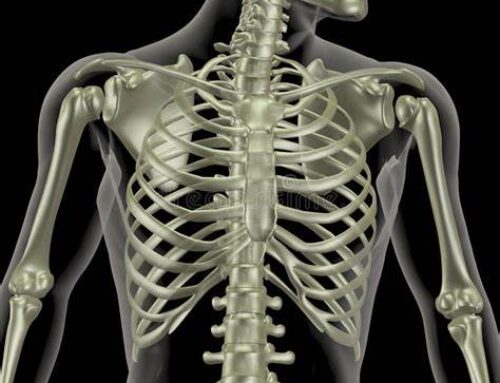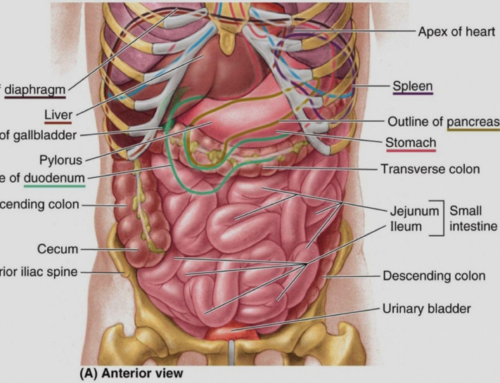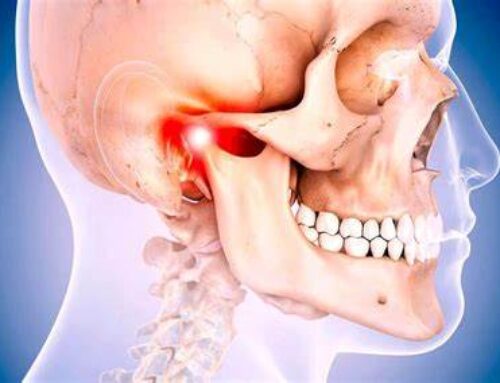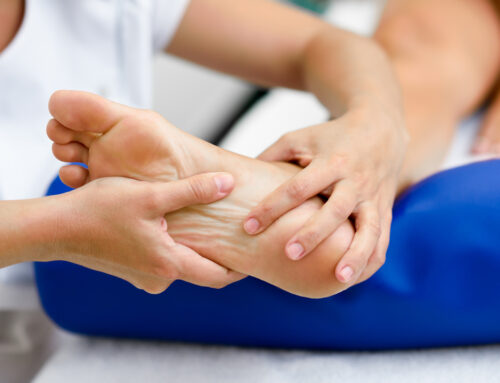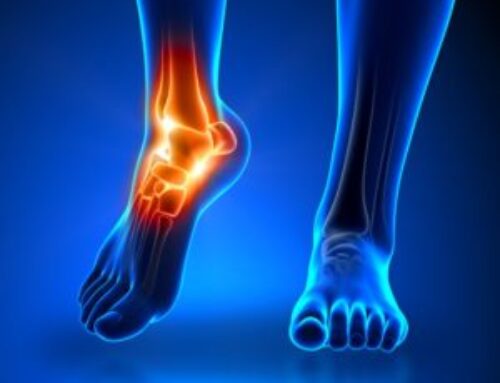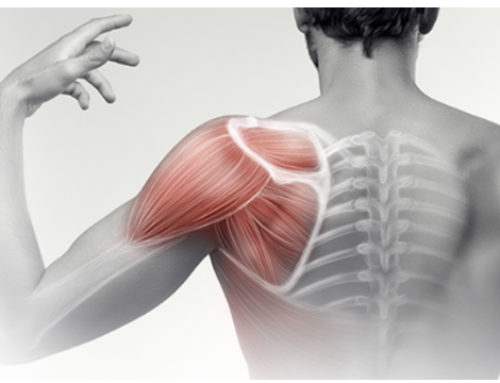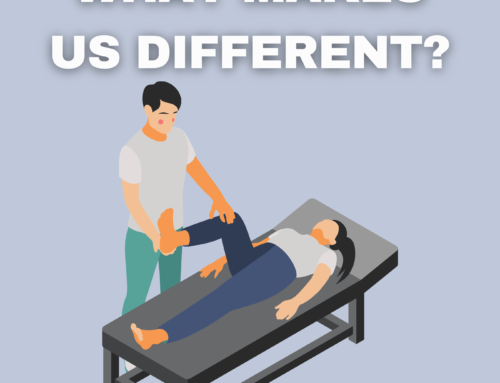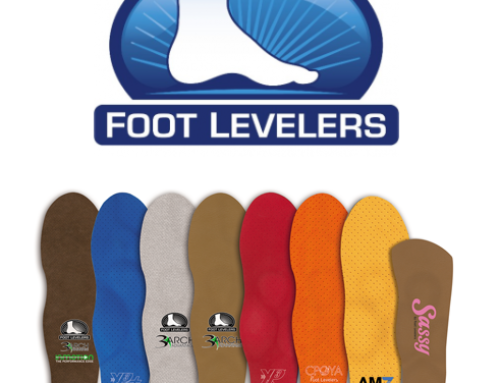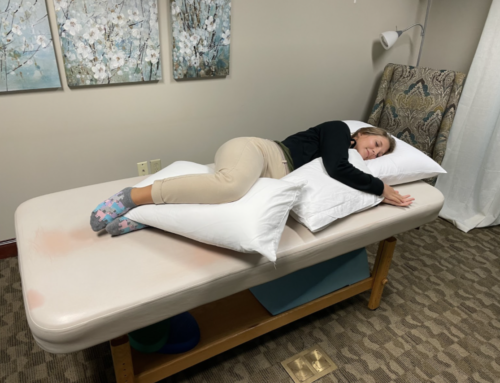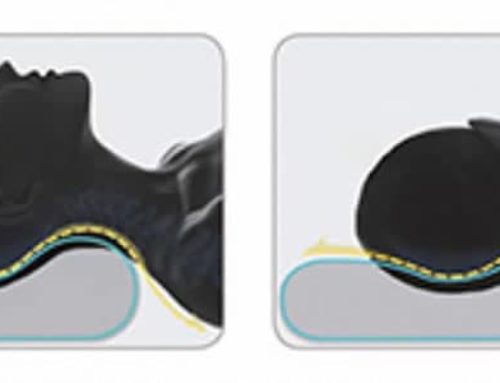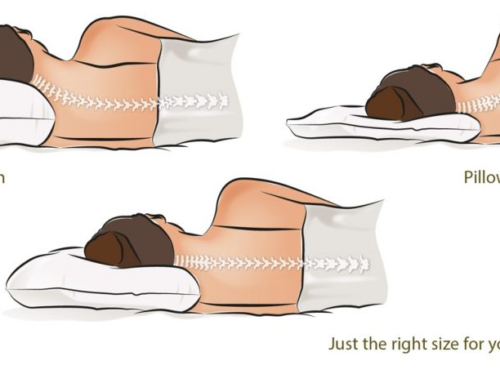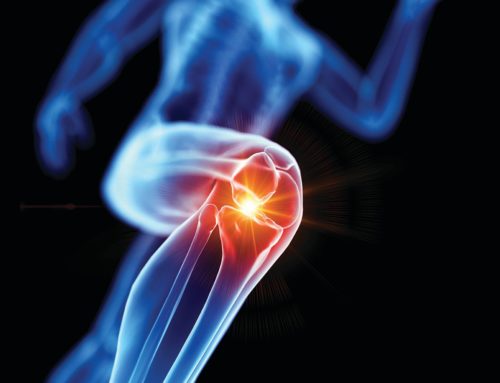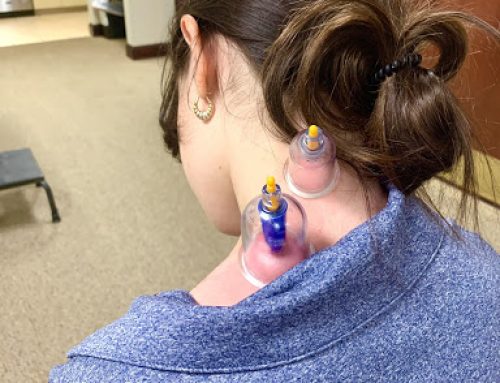Do you have a history of recurrent heel pain? You may be suffering from a common condition known as plantar fasciitis (PF). Plantar meaning “the sole of the foot” and fasciitis meaning “inflammation of the surrounding connective tissue”. This is a common condition treated by healthcare practitioners including physical therapists. This condition can cause a great deal of pain and it can be extremely debilitating. This condition can cause pain while walking and it can prevent individuals from participating in recreational activities or simply going about daily life. Common symptoms indicating you may be suffering from PF include:
– sharp pain in the heel during your first few steps in the morning
– heel pain after prolonged weight bearing activity
– tenderness with palpation at the medial aspect of your heel
There have been several populations studied to determine which factors place individuals at risk for developing PF. Risk factors include a high body mass index in the non athletic population, decreased ankle mobility, a high foot arch in runners, hamstring tightness, standing on hard surfaces for prolonged periods of time, and increased time spent walking.
Treatment for this condition can include a variety of interventions. A physical therapist will perform an evaluation to determine whether there are range of motion limitations, strength deficits, myofascial restriction and/or muscle strength deficits which are contributing to PF symptoms. In addition, a therapist will work with you to try and eliminate the activities or factors present which are contributing to this condition. Therapists will create an individualized program which targets the impairments and factors contributing to the symptoms.
Research has shown support for many interventions to treat PF. There is good evidence supporting the use of manual therapy, taping, heel or arch support, night splints, and therapeutic exercise. There was weak evidence available to support the use of physical agents including ultrasound, low level laser therapy and iontophoresis in the treatment of PF. You can receive these interventions by scheduling an appointment for physical therapy to discover which interventions are the most beneficial.
Here at John Goetz Physical Therapy, your physical therapist will provide interventions including manual therapy which will include joint mobilization, soft tissue mobilization of the fascia and surrounding structures, in addition they will include neuromuscular reeducation of your muscles. Your therapist will develop an individualized exercise program to target the muscles that require flexibility and strengthen the muscles that are weak to aid in your recovery. In addition, taping can be beneficial in supporting your foot arch to decrease the strain through the PF. Modalities may be included in your treatment program including ice, heat, laser or electrical stimulation to reduce the pain. This condition can become a chronic issue, so the sooner you receive treatment the more successful it is likely to be.
Resources:
J Orthop Sports Phys Ther. 2014;44(11):A1-A23. doi:10.2519/jospt.2014.0303





